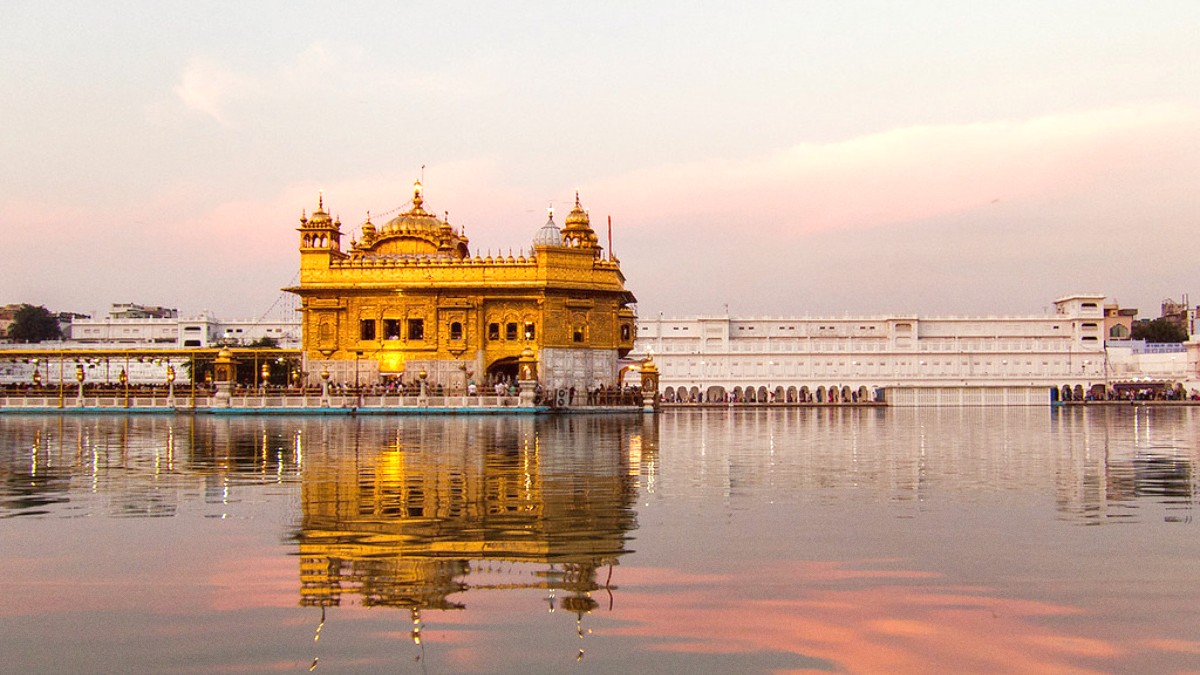
Punjab And Haryana, India
Summer (April to June) brings hot and dry conditions. Temperatures frequently exceed 40°C (104°F) and can even reach up to 45°C (113°F). Monsoon (July to September) has high humidity and significant rainfall. Temperatures typically range from 25°C to 35°C (77°F to 95°F). Post-Monsoon/Autumn (October to November) offers pleasant conditions with moderate temperatures, usually between 20°C to 30°C (68°F to 86°F).
Winter (December to February) brings cool and often foggy conditions, especially in January. Temperatures range from 5°C to 20°C (41°F to 68°F).
Heavy rainfall during the monsoon season (July to September) can cause localized flooding in some areas. Roads become waterlogged, and transportation may experience delays. Always check local weather forecasts if traveling during these months.
The summer heat demands precautions. Always stay hydrated, wear light, breathable clothing, seek shade, and avoid prolonged exposure to the sun during peak afternoon hours. Conversely, dense fog in winter (December to January) can severely impact visibility, causing significant delays for flights and trains, and making road travel challenging. If you travel during winter, allow extra time for transportation.
October to March
Ideal weather, pleasant temperatures, festive atmosphere.
Higher prices, larger crowds, booking in advance is necessary.
March, September
Moderate temperatures, fewer crowds, potentially lower prices.
March can get warm, September retains humidity.
April to August
Lowest prices for flights and accommodation, fewer tourists.
Extreme heat in summer, heavy monsoon rains and high humidity.
Visiting the Golden Temple remains a profound experience year-round. For comfortable weather, the high season (October to March) serves best. Early morning or late evening visits are recommended regardless of the season for a more spiritual experience and fewer crowds. The temple remains open 24/7.
The Wagah Border ceremony operates daily. Comfortable weather during the high season makes for a pleasant viewing. In summer, the intense heat makes the outdoor ceremony uncomfortable. Enjoying Amritsar's street food is best during the cooler months (October to March). The heat and humidity of summer and monsoon can make street food less appealing.
Visit October-March for comfortable weather. Open 24/7.
Attend daily. Cooler months are more comfortable.
Best in cooler months; less appealing in heat/humidity.
Wear light clothing, bring water for outdoor events.
Allow extra travel time for potential delays.
Most foreign nationals require a visa to enter India.
E-Visa proves for tourism, business, and medical purposes. Citizens of many countries can apply online, with typical processing taking around 72 hours. Apply well in advance (4-7 days prior) for any delays.
Regular visas apply for nationalities not e-Visa eligible or for specific categories (long-term, research, employment). Apply through Indian Embassies/Consulates. This process usually takes longer and requires physical documents.
Amritsar offers options for various budgets, from frugal backpacking to luxurious stays.
Familiarize yourself with health recommendations and local safety guidelines.
Traveler's Diarrhea: This remains a common ailment for visitors to India. Drink only sealed Bottled water. Avoid ice, raw fruits/vegetables (unless peeled), and unhygienic street food. Bring Loperamide hydrochloride tablets.
Heatstroke/Dehydration: A risk during hot months. Stay hydrated, wear light, loose-fitting clothing, seek shade, and avoid strenuous activities when temperatures peak. SafetyWing provides insurance.
Amritsar has several private and public hospitals. Reputable private hospitals (Fortis Hospital, Amandeep Hospital) offer better facilities and English-speaking staff. Pharmacies are widely available for minor ailments.
Fortis Hospital and Amandeep Hospital are recommended private options.
For serious conditions, consider private hospitals for better care.
Prioritize hot, freshly cooked food. Avoid raw salads or unpeeled fruits from unknown sources. Exercise caution with street food; choose popular stalls with high turnover, as this indicates freshness. Observe local hygiene practices before eating.
Choose busy street food stalls for freshness.
Avoid raw salads, unpeeled fruits, and cold food from unknown sources.
Amritsar generally remains safe for tourists, notably around major attractions like the Golden Temple, where a strong security presence exists. Petty crime, like pickpocketing or bag snatching, can occur in crowded areas.
Major attractions have a strong security presence.
Remain vigilant in crowded areas against pickpocketing. Pacsafe offers anti-theft bags.
| Category | Recommendation | Details |
|---|---|---|
| Travel Insurance | Highly recommended. | Covers medical emergencies, evacuation, trip cancellation, lost luggage. Consider World Nomads or Insubuy. |
| Local SIM Card | Purchase upon arrival. | Use for ride-sharing apps, maps, local calls in emergencies. Providers like Airtel, Jio. |
| Emergency Kit | Include a small first aid kit. | For minor ailments, bring common medications and copies of prescriptions. Adventure Medical Kits. |